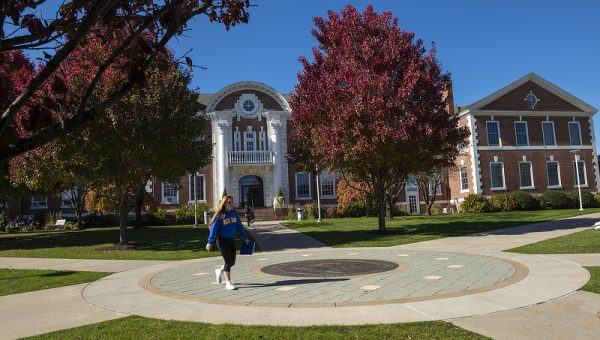Two years late: Finally filing the prescription for Spring Break
Although Spring Break carries a prolific and less than savory connotation for college students across the country, it is a necessary component of the college experience–not because of the travel, parties or drinking–but because of the mandatory separation from campus.
For many students, college campuses are their homes, education and place of work. There is little time spent outside of the college community, but come Spring Break, when the residence halls close, students will be forced into a change of pace from the day-to-day college life.
At the University of New Haven, among many other institutions, this is the first real spring break since the beginning of the pandemic in 2020. During the 2020-2021 academic year, many colleges switched from a spring break to sporadically placed “break days” or in New Haven’s case, “recharge days.” This divergence from the traditional university schedule disrupted the college student’s ability to pace their semester.
This change was predicted to impact student’s mental health detrimentally, as they faced prolonged separation from their families and home-based support systems and were forced to “marathon” the school year. In the U.S., long term breaks from school are built into the education system starting in kindergarten, so for many college students in the country, last year was the first time they attended school without such a break. Spring Break marks the halfway point to summer break and graduation for seniors, but that symbolic marker was stripped from the student experience.
The predicted fears of the impact of disrupted breaks have come to fruition during the 2021-2022 academic year.
Unfortunately, college students are uniquely vulnerable to mental health crises as a population. Separated from their family and support system that had been curated to their needs for probably the first time in their life, students are situationally primed to develop mental illnesses related to stress. This has only been compounded by the pandemic which has not only acutely impacted student’s experiences, but also carries major implications for job markets and the economy which they are entering.
A recent survey found that 88% of college students believe there is a mental health crisis on U.S. college campuses. This is consistent with recent numbers from the Center for Disease Control which show suicide to be the third leading cause of death in college aged adults and teens, only falling behind accidents and homicide. There are similarly concerning figures for anxiety disorders, eating disorders and other co-morbid depressive disorders; they all highlight the importance of prioritizing student mental health.
Part of the prescription is Spring Break.

Isabelle Hajek is a senior at the University of New Haven majoring in psychology with a concentration in forensics and a double minor in criminal justice...




